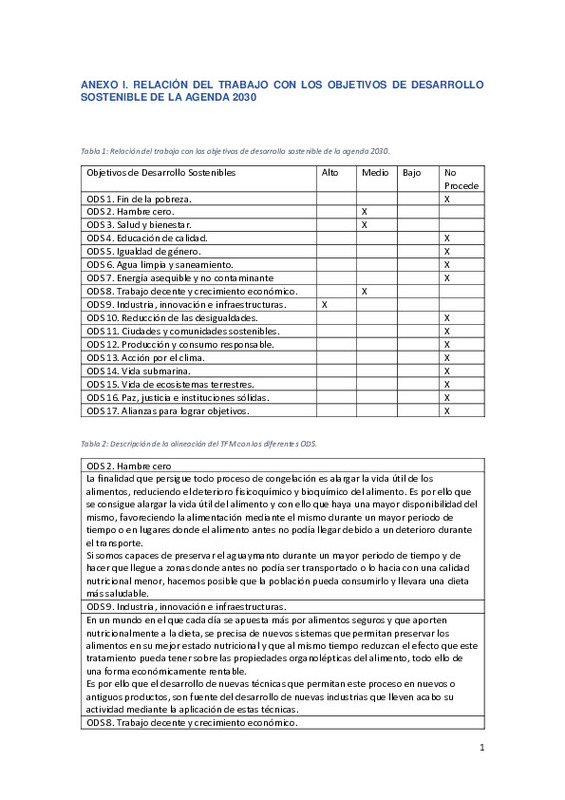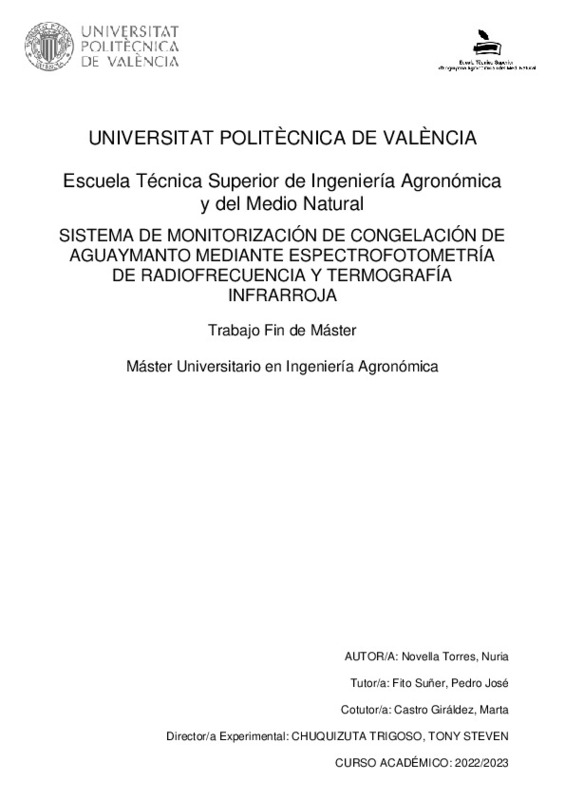JavaScript is disabled for your browser. Some features of this site may not work without it.
Buscar en RiuNet
Listar
Mi cuenta
Estadísticas
Ayuda RiuNet
Admin. UPV
Sistema de monitorización de congelación de aguaymanto mediante espectrofotometría de radiofrecuencia y termografía infrarroja
Mostrar el registro completo del ítem
Novella Torres, N. (2023). Sistema de monitorización de congelación de aguaymanto mediante espectrofotometría de radiofrecuencia y termografía infrarroja. Universitat Politècnica de València. http://hdl.handle.net/10251/198237
Por favor, use este identificador para citar o enlazar este ítem: http://hdl.handle.net/10251/198237
Ficheros en el ítem
Metadatos del ítem
| Título: | Sistema de monitorización de congelación de aguaymanto mediante espectrofotometría de radiofrecuencia y termografía infrarroja | |||
| Otro titulo: |
|
|||
| Autor: | Novella Torres, Nuria | |||
| Director(es): | ||||
| Entidad UPV: |
|
|||
| Fecha acto/lectura: |
|
|||
| Resumen: |
[ES] El aguaymanto es una fruta exótica de origen sud-americano con gran interés nutricional por su cantidad en fibra y su importante aporte vitamínico. Debido a su alta perecibilidad es necesario realizar operaciones de ...[+]
[EN] The golden gooseberry is an exotic fruit of South American origin with great nutritional interest due to its amount of fiber and its important vitamin content. Due to its high perishability, it is necessary to carry ...[+]
|
|||
| Palabras clave: |
|
|||
| Derechos de uso: | Reserva de todos los derechos | |||
| Editorial: |
|
|||
| Titulación: |
|
|||
| Tipo: |
|
recommendations
Este ítem aparece en la(s) siguiente(s) colección(ones)
-
ETSIAMN - Trabajos académicos [3541]
Escuela Técnica Superior de Ingeniería Agronómica y del Medio Natural








